About the Fifth Maine Museum
The Civil War was the definitive experience of nineteenth century America. Even those who did not serve divided their lives into before and after “the War.”
For those who served, the effect was more profound. Nothing could have prepared them for the grisly realities of war or the soldier’s life that swung between exhausting marches, intense battles, and tedious camp life.
Little wonder then, that veterans who had endured the trials and hardship of soldiering sought each other’s company in the years afterwards. Many felt closer to their comrades in arms than they did to their own families.
The Fifth Maine Regiment Memorial Hall was built in 1888 by the veterans of the Fifth Maine Volunteer Regiment as a memorial and reunion hall. The iconic stained glass windows that honor the regiment soldiers were also a fundraising scheme to defray the cost of the building. The veterans created a quiet, almost sacred space where they gathered, reminisced, and drew comfort from each other. As time passed, the reunions grew smaller and smaller (the last one was in 1940), and the building fell into disrepair.
In 1956, The Fifth Maine Regiment building was given to the Peaks Island community by the descendants of the veterans who built it. Since then, restoration work has brought the building back to its former glory. It is an architectural gem that is now on the National Register of Historic Places.
Today, the building houses the Fifth Maine Museum, a museum that tells two intriguing and related stories: the history of Peaks Island from its days as “The Coney Island of the North” to its role in World War II, and the story of the Fifth Maine Regiment.
There are two new exhibits for 2019: Peaks Island in the 1970s: Building a Community and a photography exhibit entitled “Jealous of the Stars.”
-
 Private Joseph P. Harmon, Harrison, ME
Private Joseph P. Harmon, Harrison, ME -
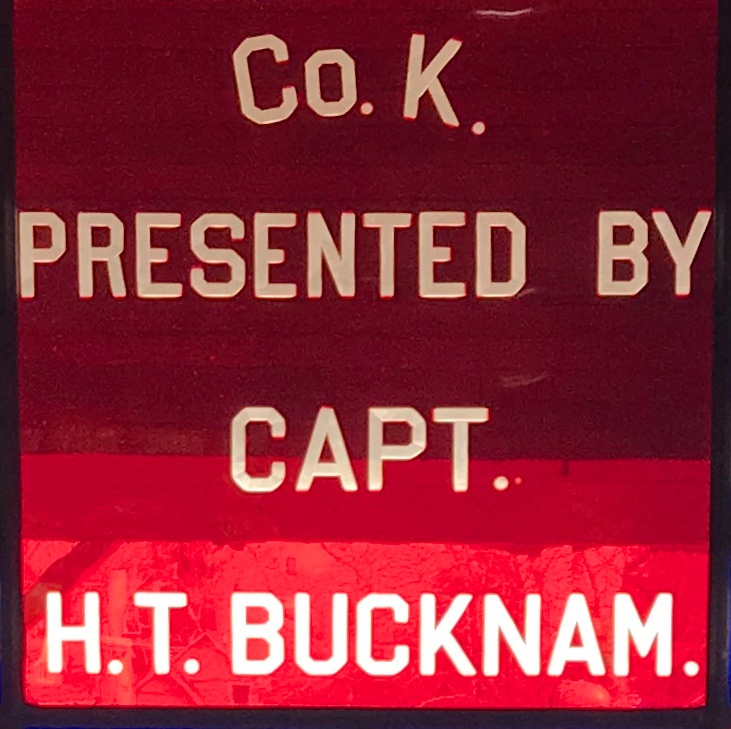 Captain Hamlin T. Bucknam, Minot, ME
Captain Hamlin T. Bucknam, Minot, ME -
 Lieutenant John S. French, Albion, ME
Lieutenant John S. French, Albion, ME -
 Private Frank F. Goss, Danville, ME
Private Frank F. Goss, Danville, ME -
 Captain George E. Brown Portland, ME
Captain George E. Brown Portland, ME -
 Captain John McLellan, Gorham, ME
Captain John McLellan, Gorham, ME -
 Sergeant Clark Wayland St. Johns, New Brunswick
Sergeant Clark Wayland St. Johns, New Brunswick -
 General Clark S. Edwards, Bethel, Maine
General Clark S. Edwards, Bethel, Maine -
 Sergeant Horatio Bumpus, Hebron, Maine
Sergeant Horatio Bumpus, Hebron, Maine
Click on the panes to learn more about the regiment soldiers.
Copyright © 2024 · All Rights Reserved ·
Theme: Adventure v3 by Organic Themes


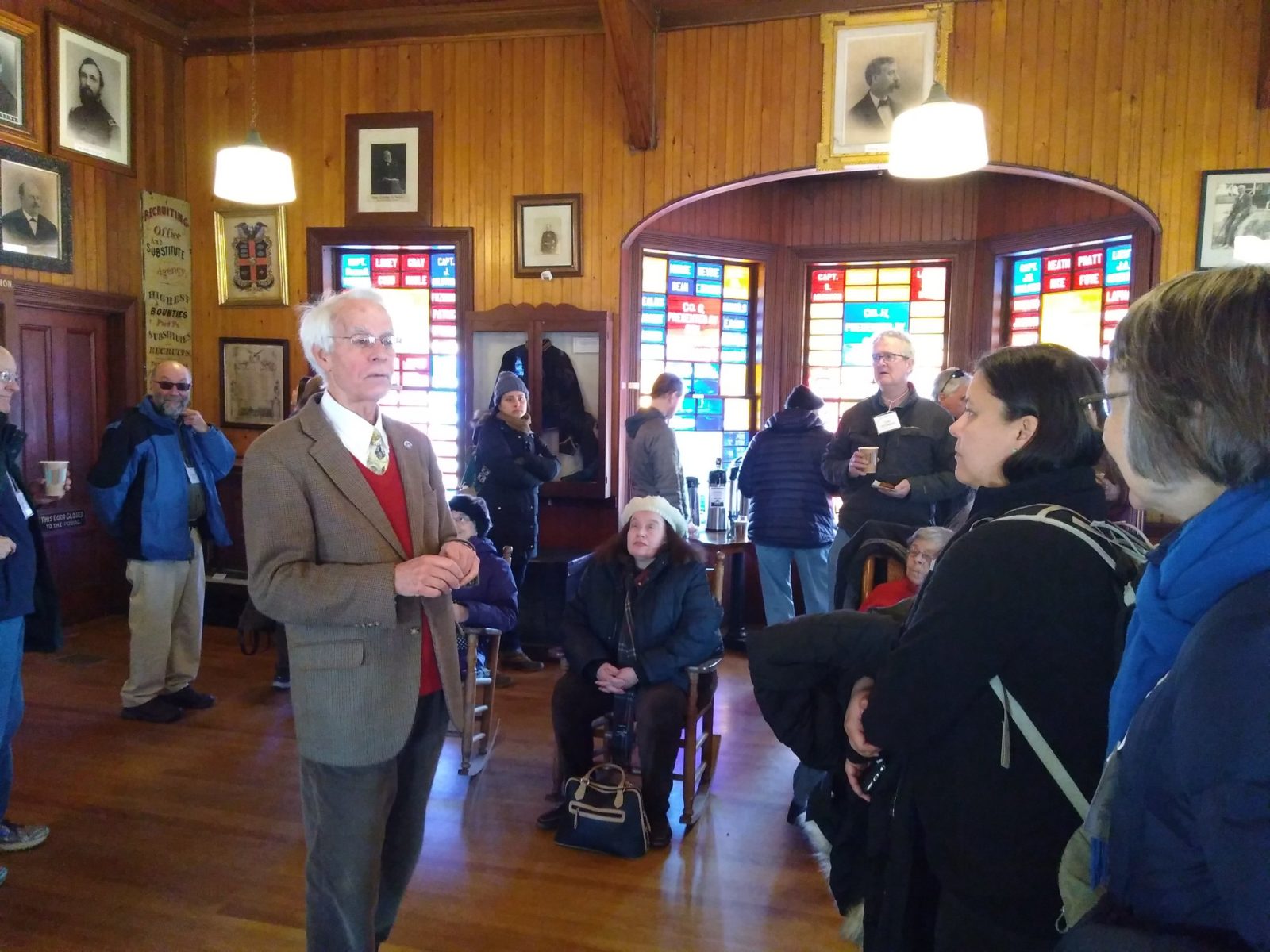
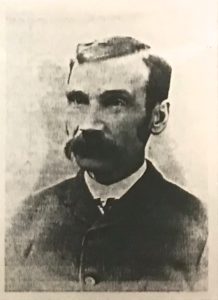
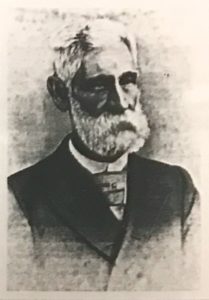
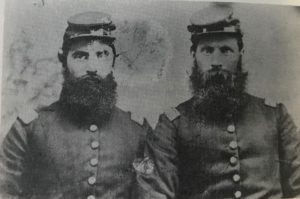
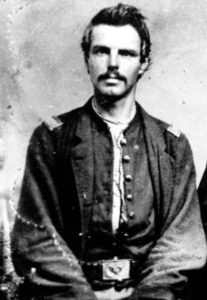
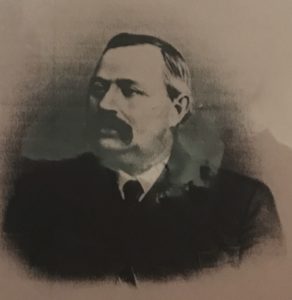
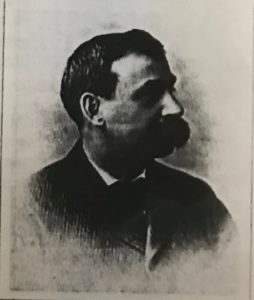 According to his pension record, George E. Brown served in Company H of the Fifth Maine Regiment. No notation is made on his pension application card that he served as a Captain, which is odd given that most other pension records note military rank. He died on March 10, 1913 at the age of 77 in Portland, Maine. His widow applied for a pension extension four days later, on March 14, 1913. The Fifth Maine Regiment Museum has in its archives a photo album of the Fifth Maine veterans that include mostly photos taken by George E. Brown
According to his pension record, George E. Brown served in Company H of the Fifth Maine Regiment. No notation is made on his pension application card that he served as a Captain, which is odd given that most other pension records note military rank. He died on March 10, 1913 at the age of 77 in Portland, Maine. His widow applied for a pension extension four days later, on March 14, 1913. The Fifth Maine Regiment Museum has in its archives a photo album of the Fifth Maine veterans that include mostly photos taken by George E. Brown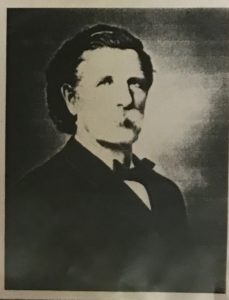 John McLellan was born sometime around 1840, as his military history records his enlistment as corporal on June 24, 1861 at the age of 21.
John McLellan was born sometime around 1840, as his military history records his enlistment as corporal on June 24, 1861 at the age of 21.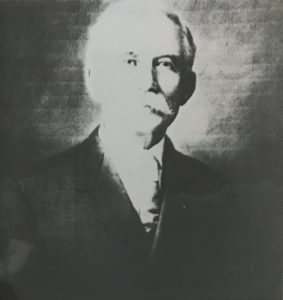 Clark Wayland was born in Canada sometime around 1846 to parents who had both emigrated from Scotland. He was not among the original enlistees in Company C. According to Bicknell’s History of the Fifth Regiment Maine Volunteers, Wayland joined the Company on August 29, 1864. He had been transferred to the 1st Maine Veterans in June of 1864, which may signify that he was wounded in battle.
Clark Wayland was born in Canada sometime around 1846 to parents who had both emigrated from Scotland. He was not among the original enlistees in Company C. According to Bicknell’s History of the Fifth Regiment Maine Volunteers, Wayland joined the Company on August 29, 1864. He had been transferred to the 1st Maine Veterans in June of 1864, which may signify that he was wounded in battle.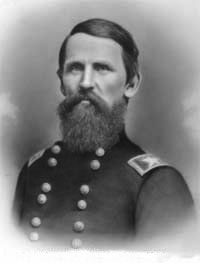 When news of the attack on Fort Sumpter reached the small town of Bethel, Maine, Clark S.Edwards was high on a ladder shingling his roof. He immediately climbed down, obtained permission from the appropriate authorities to form a company of men, and set out to gather recruits from Bethel and the surrounding towns.
When news of the attack on Fort Sumpter reached the small town of Bethel, Maine, Clark S.Edwards was high on a ladder shingling his roof. He immediately climbed down, obtained permission from the appropriate authorities to form a company of men, and set out to gather recruits from Bethel and the surrounding towns.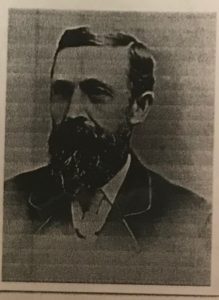 Horatio Bumpus was born May 1, 1836, and enlisted on June 24, 1861 at the age of 25. Before the war, he worked for his family as a farmer (1860 census). His father was apparently a man of some means; he owned real estate worth $2,600 dollars-worth and had a $1,200 personal estate in 1860.
Horatio Bumpus was born May 1, 1836, and enlisted on June 24, 1861 at the age of 25. Before the war, he worked for his family as a farmer (1860 census). His father was apparently a man of some means; he owned real estate worth $2,600 dollars-worth and had a $1,200 personal estate in 1860.